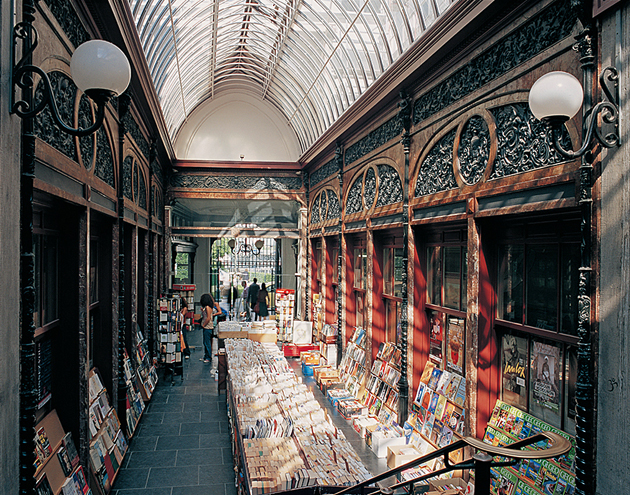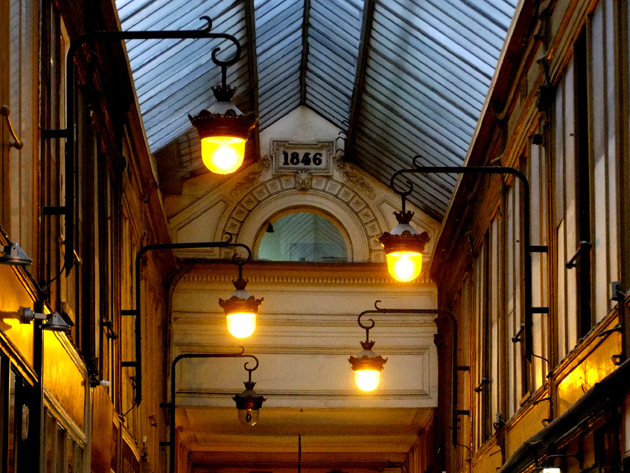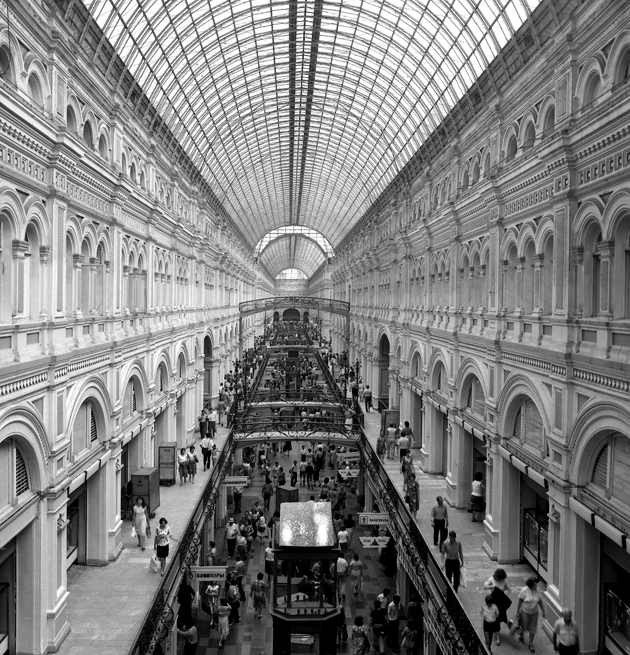The tunnels and covered walkways were born during the French Revolution and they experienced a period of flowering until the First World War. These “roads in a road” increased their splendor, and thanks to them the cities became centers of trade and were inspiring greatest architectural achievements. The presence of theaters from the early days, in more than one arcade wordwide, is no accidental detail, for the arcades themselves created a new form of spectacle. Idling, window-shopping and observing became an art form, summed up in the French verb “flâner”, meaning to stroll, which, with its derivatives “flâneur” (stroller) and “flânerie” (the activity of strolling), became inextricably bound with this special form of urban space. The gallery is a structure, which in many parts of Europe helped make alive the city centers. Having emerged as attractive places in which it’s hard not to come in contact with other people, even the most lonely person felt inexplicable attraction for having to go walking through these places, amid a flurry of passers-by and an endless parade of shops.
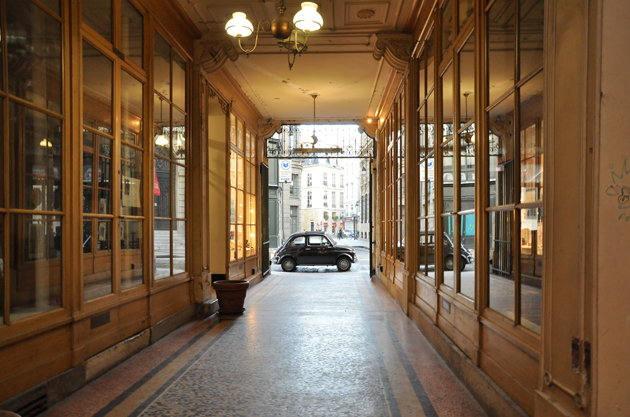
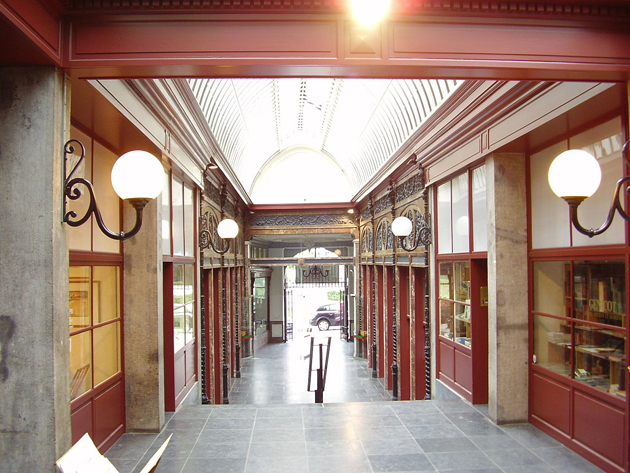
During the last century of history emerged also objections and criticism against this new urban spatial system. The German philosopher and writer Walter Benjamin wrote from 1927 to 1940 The Arcades Project (in German, Das Passagen-Werk), his last giant masterpiece as an effort to represent and to critique the bourgeois experience of nineteenth-century history and as an allegory of the new modern age. But, in spite of Benjamin’s social investigation – where he labeled the passages in a negative way – the gallery is in general loved and located in the most crucial place of the city. And it doesn’t matter how you call it: gallery, store, pass, stoa, colonnade, corridor or arcade. Whether you go in a hurry or not, the tunnel should be fun, but its use has lost importance for the hundreds of malls in every city.
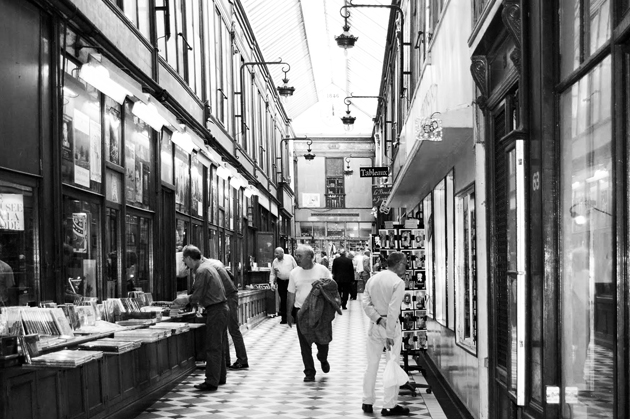
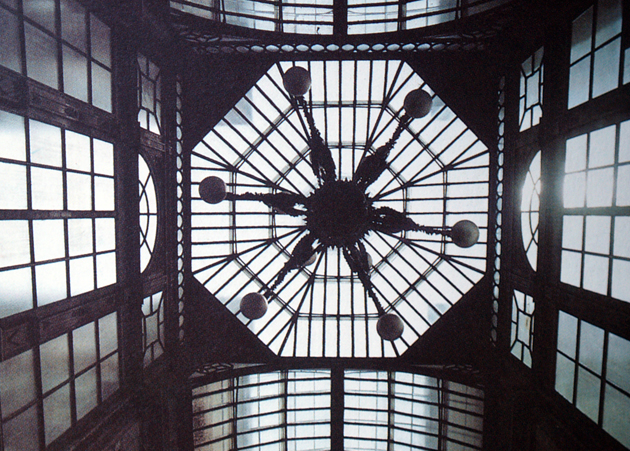
As a recent example one could look at “The Allen Lambert Galleria” – a 6-storey pedestrian avenue designed by Santiago Calatrava in Toronto, Canada – an attempt to build an arcade in a modern city center, to give people a new covered shopping street. The construction has a very futuristic architectural form that goes back to the Gothic cathedrals, and it becomes at the same time, in a symbolic way, the cathedral of shopping. Today, as the German architectural historian J.F. Geist wrote, “we are living in a time when the arcade is seen not only as a historical object but also as a contemporary possibility” and there are so many examples that could be restored and revitalized to ensure that the gallery will become again, a special stop-in-transit to experience the city.
